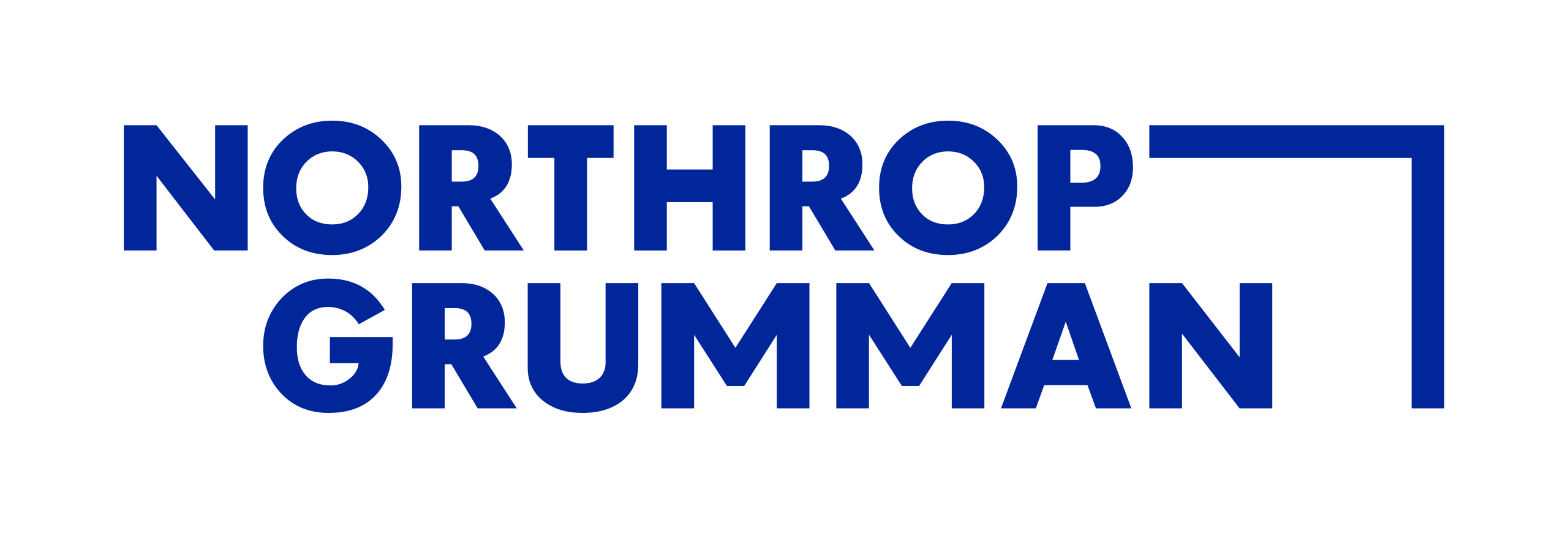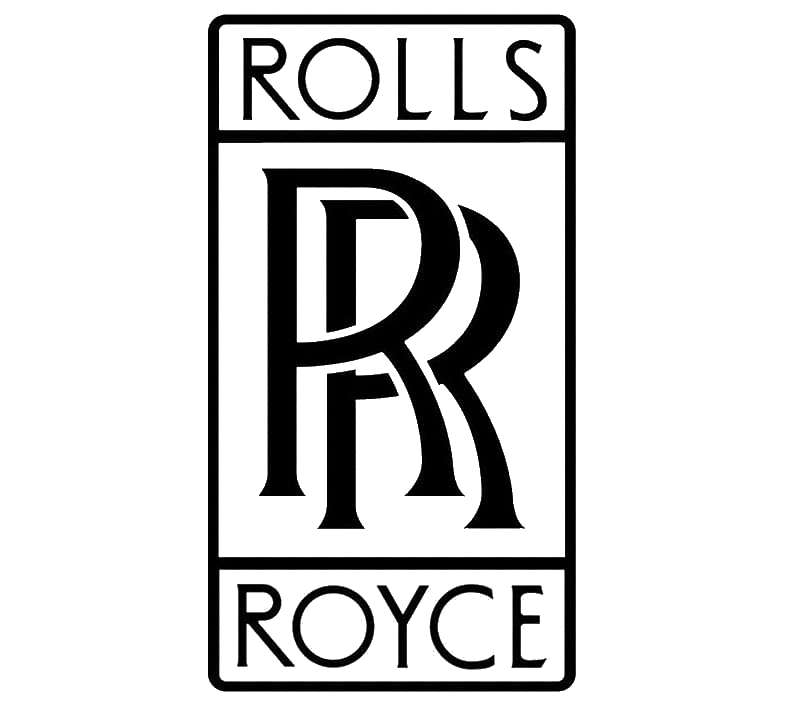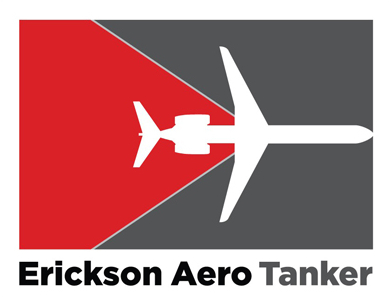Grumman Aerospace
F9F/F-9 Cougar
 |
|
| Grumman F9F-6 Cougar, 1952 | |
| Role | Fighter aircraft |
|---|---|
| National origin | United States |
| Manufacturer | Grumman |
| First flight | 20 September 1951 |
| Introduction | December 1952 |
| Retired | 1974 (US Navy) |
| Status | Retired |
| Primary users | United States Navy United States Marine Corps Argentine Navy |
| Number built | 1,988 |
| Developed from | Grumman F9F Panther |
.
History Grumm![]() an Aerospace
an Aerospace
Grumman F9F/F-9 Cougar
Operational history


United States
The first F9F-6s were assigned to fleet squadron VF-32 at the end of 1952. The first F9F Cougar squadron to actually deploy was VF-24, assigned to USS Yorktown in August 1953. It arrived too late to the Korean theater to participate in the air war.
F9F-8s were withdrawn from front-line service in 1958–59, replaced by F11F Tigers and F8U Crusaders. The Naval Reserves used them until the mid-1960s, but none of the single-seat versions were used in the Vietnam War.
The only version of the Cougar to see combat was the TF-9J trainer (known as F9F-8T until 1962) during the Vietnam War. Detachments of four Cougars served with US Marines Headquarters and Maintenance Squadron 11 (H&MS-11) at Da Nang and H&MS-13 at Chu Lai, where they were used for fast-Forward Air Control and the airborne command role, directing airstrikes against enemy positions in South Vietnam between 1966 and 19680
KmTake off Distance
0
mCombat Range
0
Km/hAircraft Speed
0
Max Crew
Photo Gallery
Grumman F9F/F-9 Cougar


Grumman Aerospace Corporation
Grumman F9F/F-9 Cougar
General characteristics
- Crew: 1
- Length: 40 ft 11 in (12.47 m)
- Wingspan: 34 ft 6 in (10.52 m)
- Width: 14 ft 2 in (4.32 m) folded (tailplane span)
- Height: 12 ft 3.5 in (3.747 m)
- Height folded: 15 ft 10 in (4.8 m) (wing-tips)
-
Powerplant
- Empty weight: 11,483 lb (5,209 kg)
- Empty equipped: 12,090 lb (5,484 kg)
- Gross weight: 15,800 lb (7,167 kg)
- Combat weight: 16,244 lb (7,368 kg)
- Max takeoff weight: 21,000 lb (9,525 kg) on land
-
-
-
- 20,000 lb (9,072 kg) from catapult
-
-
- Maximum landing weight: 16,000 lb (7,257 kg) on land
-
-
-
- 14,000 lb (6,350 kg) arrested landing
-
-
- Powerplant: 1 × Pratt & Whitney J48-P-8 centrifugal-flow turbojet engine, 7,250 lbf (32.2 kN) thrust at 11,000 rpm for take-off / Military power at sea level
Specifications
- Maximum speed: 654 mph (1,053 km/h, 568 kn) at sea level at 18,450 lb (8,369 kg) TOW
- Cruise speed: 541 mph (871 km/h, 470 kn) at 41,200–45,000 ft (12,558–13,716 m)
- Stall speed: 128 mph (206 km/h, 111 kn) at 18,450 lb (8,369 kg) TOW power off
-
-
-
- 107 mph (93 kn; 172 km/h) at 15,157 lb (6,875 kg) with approach power
-
-
- Combat range: 293 mi (472 km, 255 nmi) with one hour and 24 minutes of mission time
- Service ceiling: 44,500 ft (13,600 m)
Armament
-
- Guns: 4 × 20 mm (0.79 in) AN/M3 cannon, 190 rounds per gun
- Rockets: 6 × 5 in (127 mm) rockets
- Bombs: 2 × 1,000 lb (454 kg) bombs on inboard pylons plus 2 x 500 lb (227 kg) bombs on outer pylons
-
-
Links to Youtube & Others
On 1 April 1954, US Navy Cougars established a new transcontinental crossing record. The US Navy's flight demonstration team, the Blue Angels, adopted the type in place of its Panthers
Grumman
F9F/F-9 Cougar
A total of 110 F9F-8Ps (photo-reconnaissance) were produced with an extensively modified nose
Youtube Link
Three XF9F-6 prototypes, two airworthy and one static test airframe, were rapidly produced by modifying existing Panthers straight off the production line.
















.svg.png)